An experimental device that produces oxygen from carbon dioxide on Mars worked better than expected and demonstrates its potential to help future astronauts explore the red planet.
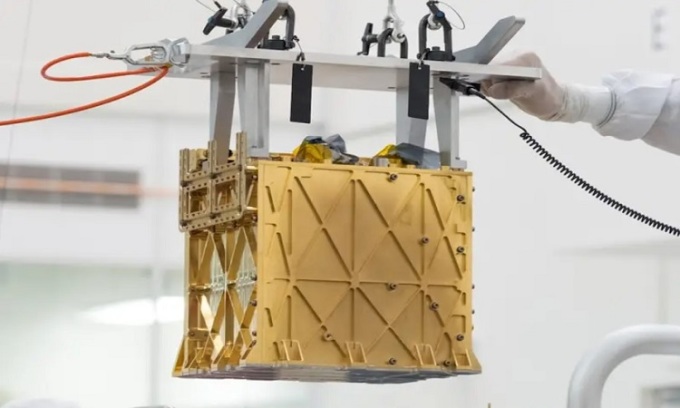
The MOXIE machine is only about the size of a microwave oven. Photo: NASA
The microwave-sized MOXIE (Mars Oxygen In-Situ Resource Utilization Experiment) sits atop the Perseverance rover. The experiment began more than two years ago, just months after the rover landed on Mars. Since then, MOXIE has produced 122 grams of oxygen, enough for a small dog to breathe for 10 hours, according to NASA. The device works by converting some of the red planet’s abundant carbon dioxide into oxygen. At peak performance, MOXIE produces 12 grams of oxygen per hour at 98% purity, double NASA’s target for the device. On August 7, MOXIE ran its 16th and final test, fulfilling all requirements.
“We are proud to have developed groundbreaking technology like MOXIE that can transform local resources into useful products for future exploration missions,” said Trudy Kortes, director of technology testing at NASA Headquarters. “By delivering this technology under real-world conditions, we are one step closer to helping astronauts live on the Red Planet.”
The thin Martian atmosphere is 96% carbon dioxide. MOXIE works by splitting carbon dioxide molecules. The machine separates oxygen molecules and releases carbon monoxide as a byproduct. As the gas passes through the device, its system analyzes the oxygen's purity and quality. Heat-resistant materials such as gold coatings and aerogels are used to build the device, as the conversion process requires temperatures of 798 degrees Celsius. These materials prevent the heat from escaping and destroying the rover.
A larger, better version of MOXIE could provide breathable air for life support systems, and convert and store oxygen needed to fuel rockets for the return journey to Earth. “MOXIE’s impressive performance demonstrates that harvesting oxygen from the Martian atmosphere is feasible,” said Pam Melroy, NASA’s deputy administrator. “Developing technologies that allow humans to use resources on the Moon and Mars is critical to building long-term bases on the Moon and supporting plans for Mars exploration.”
Transporting thousands of kilograms of rocket propellant and oxygen on the initial journey from Earth to Mars is extremely difficult and expensive, leaving little room for other essentials. Technology like MOXIE could help astronauts live on the surface and use the resources around them. Lessons learned from the small MOXIE experiment could be used to create a full-scale system that would produce, liquefy, and store oxygen. The next important step in the process is to test other technologies on Mars, such as tools and materials for building habitats.
An Khang (According to CNN )
Source link


![[Photo] President Luong Cuong attends the 80th Anniversary of the Traditional Day of Vietnamese Lawyers](https://vphoto.vietnam.vn/thumb/1200x675/vietnam/resource/IMAGE/2025/10/09/1760026998213_ndo_br_1-jpg.webp)



![[Photo] General Secretary To Lam visits Kieng Sang Kindergarten and the classroom named after Uncle Ho](https://vphoto.vietnam.vn/thumb/1200x675/vietnam/resource/IMAGE/2025/10/09/1760023999336_vna-potal-tong-bi-thu-to-lam-tham-truong-mau-giao-kieng-sang-va-lop-hoc-mang-ten-bac-ho-8328675-277-jpg.webp)
![[Photo] Prime Minister Pham Minh Chinh chairs a meeting of the Government Standing Committee on overcoming the consequences of natural disasters after storm No. 11](https://vphoto.vietnam.vn/thumb/1200x675/vietnam/resource/IMAGE/2025/10/09/1759997894015_dsc-0591-jpg.webp)
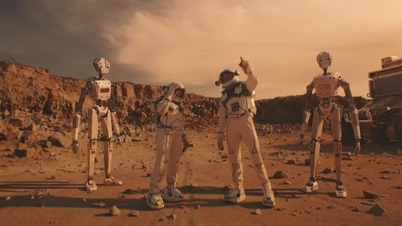

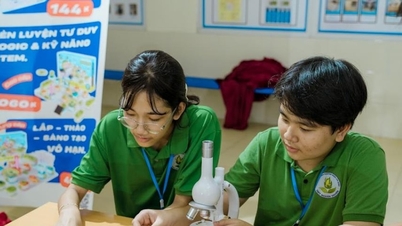

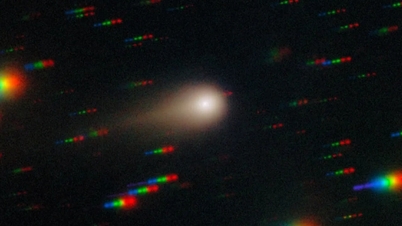

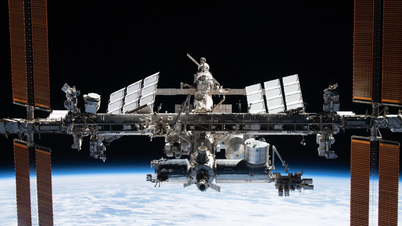

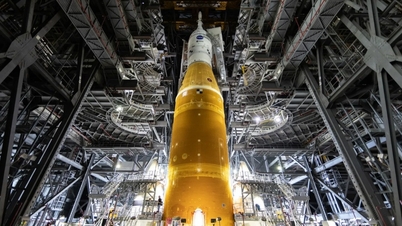





















































































Comment (0)